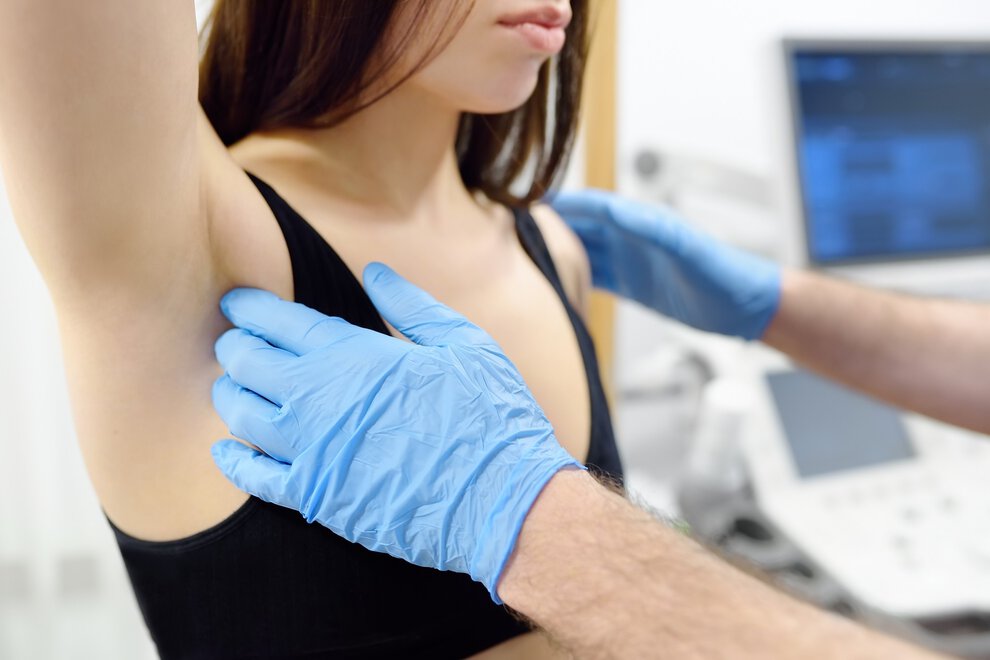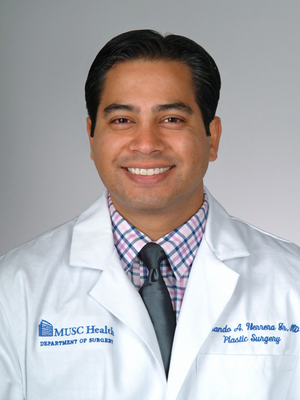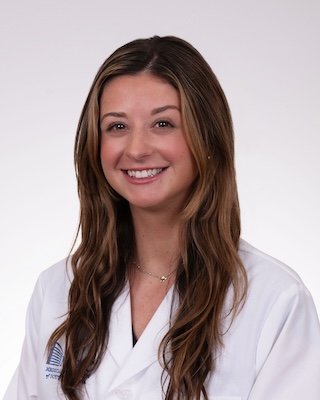Breast Surgery
We perform a broad range of surgical procedures, including breast reconstruction surgery after breast cancer.

Whether you’re healing after an illness, injury, or seeking improved function, our expert plastic and reconstructive surgery team can help you move forward with confidence.
We perform a broad range of surgical procedures, including breast reconstruction surgery after breast cancer.
From facial fracture repair after a serious accident to skin cancer resection and reconstruction, we offer a variety of corrective and reconstructive facial surgeries.
We use the most advanced surgical techniques to reduce pain, improve function, speed recovery, and make it more comfortable to use your hands.
We provide a complete range of surgical procedures for your child, including cleft lip and palate repair, to relieve breathing problems.
We offer comprehensive surgical procedures to help you maintain a natural-looking appearance after skin cancer.
Our cosmetic surgery and aesthetic services are designed to help you look and feel your best. We offer a variety of personalized treatments to refresh your appearance with natural-looking results.
This nonsurgical procedure smooths out unwanted folds and pockets of skin, giving you a slimmer silhouette.
We offer many options, including eyelid lifts, to help you achieve a more youthful appearance.
We offer a broad range of treatments that help minimize the signs of aging.
Our reconstructive surgery team uses the most advanced techniques to restore form and function after illness, injury, or previous surgeries.
For women who’ve lost one or both breasts to cancer and mastectomy, we offer a full range of state-of-the-art breast reconstruction options, including revolutionary techniques for natural tissue reconstruction, which our doctors have helped to advance.
MUSC Health Advanced Breast Reconstruction Program


